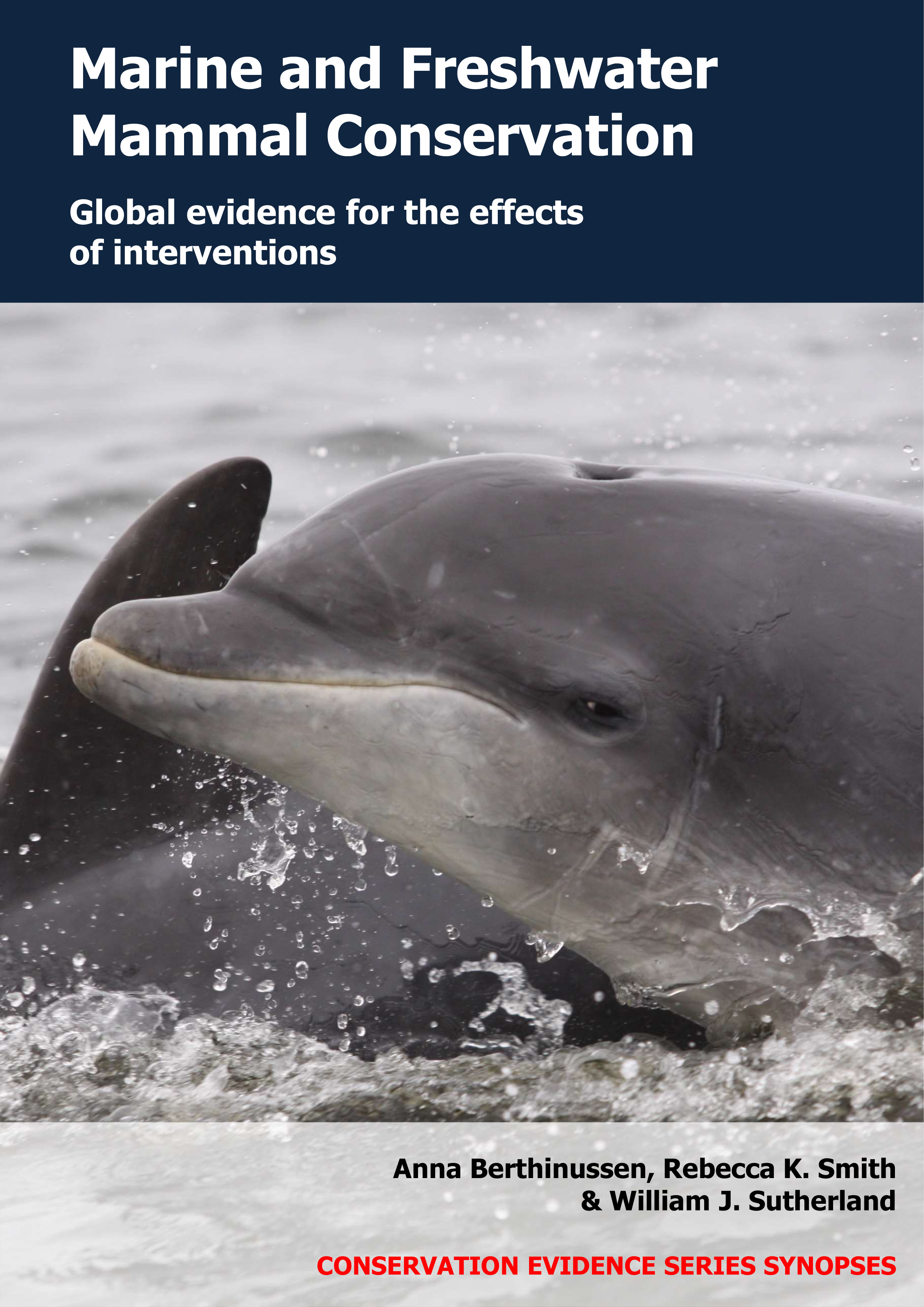Use noise aversive conditioning to deter mammals from fishing gear
-
Overall effectiveness category Unknown effectiveness (limited evidence)
-
Number of studies: 1
View assessment score
Hide assessment score
How is the evidence assessed?
-
Effectiveness
20% -
Certainty
30% -
Harms
10%
Study locations
Supporting evidence from individual studies
A controlled study in 2013–2014 of five pelagic areas in the North Pacific Ocean, off the coast of California, USA (Schakner et al. 2017) found that attempts to condition California sea lions Zalophus californianus to avoid fishing lines by pairing a ‘startle’ sound with a ‘neutral’ sound did not reduce bait foraging behaviour. Playing ‘startle’ sounds alone reduced sea lion bait foraging behaviour by 83% and sea lions surfaced three times further from fishing vessels compared to when no sounds were played (data reported as statistical model results). However, there was no significant difference in sea lion behaviour when ‘startle’ sounds were played after a ‘neutral’ tone. Commercial passenger fishing vessels carried out fishing stops (each 0.1–2 h) across five areas with sounds played back through an underwater speaker (98 stops) or with no sounds (48 stops). Sounds were either a ‘startle’ pulse (200 ms of white noise at 10–11 kHz) or a ‘startle’ pulse played 2 seconds after a ‘neutral’ tone (6-second tone at 1–2 kHz with a 1.5 second long fade-in). Sound treatments were randomly selected during each fishing stop. Two observers on board each of the fishing vessels recorded bait foraging (sea lions taking bait from fishing lines during at least 50% of the time spent fishing) and distances of surfacing sea lions from vessels during each of the 146 fishing stops in May–September 2013 and 2014.
Study and other actions tested
Where has this evidence come from?
List of journals searched by synopsis
All the journals searched for all synopses
This Action forms part of the Action Synopsis:
Marine and Freshwater Mammal Conservation
Marine and Freshwater Mammal Conservation - Published 2021
Marine and Freshwater Mammal Synopsis





)_2023.JPG)














